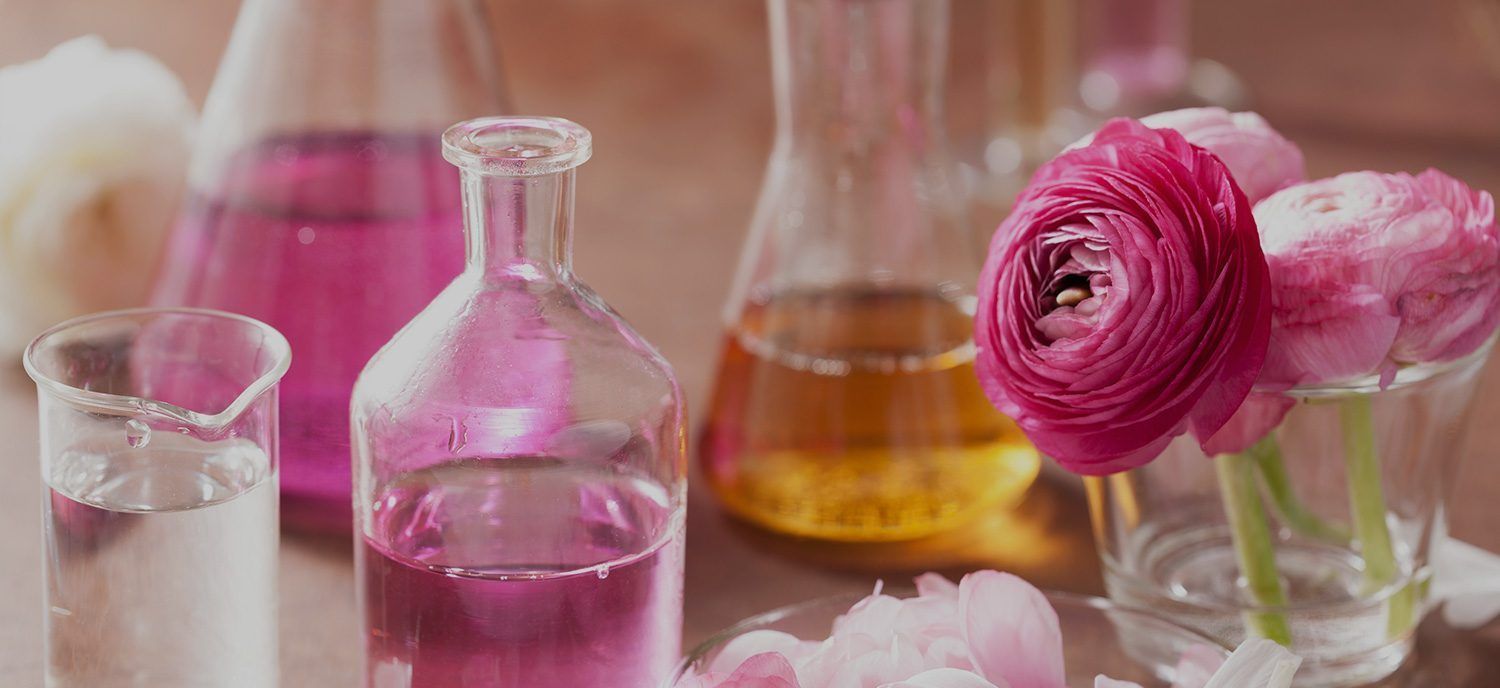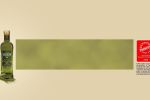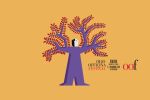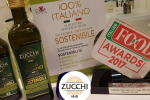13 April 2017
Like Zucchi’s oil, our favourite perfumes are also made by blending fragrant essences, creatively and skilfully assembled to create something unique and personal.
Perfumed cosmetics were already being used by the Egyptians more than 5000 years ago, and were later used by all the peoples of the ancient Mediterranean, including the Greeks, Romans and Arabs.
But the real art of perfumery, as we know it today, developed in the Islamic world and was then spread across Italy and Europe in the XVI Century, thanks to Catherine de’ Medici, when she was united in marriage with Henry II of France.
Perfume’s main essential ingredients are alcohol and natural essences dissolved together, such as oil and other fragrant materials.
The composition of a perfume may involve the blending of from 30 to 80 fragrant substances, chosen from the about 200 natural essences and almost 2000 synthetic ingredients.
There are countless varieties of perfume in the world, because not only do the essences and materials blended together change, but it is also possible to vary the quantities of each of them, to modify the persistence of a fragrance.
These blends’ fundamental ingredients are essences made from flowers, fruits, spices, barks, resins, berries, leaves, mosses, roots and synthetic material such as vanillin and menthol.
Just as everyone chooses the perfume which best represents their personality, style and tastes, we also study different blends to enable everyone to find the oil of their dreams, or create it for themselves in our blending experiences.






